I could hear the fear and anxiety in my friend’s voice and I knew that the next thing I said could either make it worse or help relieve his burden. He could be glad he called me or wishing he’d dialed someone else.
The problem was that his boss, who he deeply respected as both a coach and mentor, was resigning from the company. He had just found the job after a year of being laid off, going on weekly interviews, and having to go on government assistance to make ends meet. He never wanted to be in that position again.
I listened quietly as he explained his situation, exposed his fear, and speculated about what could happen in the future. When he finally ran down, I paused.
Then I said, “Of course you’re scared and probably feeling every emotion possible. You just came off of a year where you felt unstable and now you finally feel like you found your footing and it feels like it’s being rocked again.”
“Exactly!” he almost shouted in relief.
My friend did not want my opinion or advice on what to do in that moment. He just wanted me to meet him where he was and make him feel like he wasn’t crazy for feeling what he was feeling. We connect and build stronger trust when we demonstrate empathy in our words and body language.
When and How to Show Empathy at Work
People come to us every day emotionally hijacked on a variety of issues. They might be worried about handling a relationship with someone, recalling a situation that happened, losing someone/something they love, or feeling regret about a decision they made.
As leaders, we have two choices on how we show empathy at work and how we respond to people who are emotionally hijacked:
- interject your opinion and advice
- show empathy and meet them where they are, knowing you can always share your thoughts, opinions, feedback later
Option 1 is transactional and focuses more on you being heard. Option 2 is transformative and focuses more on building trust in the relationship. You communicate based on the style you value most.
To be honest, I spent most of my twenties leaning into option 1. This choice allowed me to feel like I was contributing to the conversation in a meaningful way, it validated my ego, and it reinforced the “savior complex” I had used to make myself feel worthy.
What I failed to realize is that I often left the conversation feeling great, but the other person felt unheard, unsupported and more emotionally overwhelmed then they did before we talked. This choice to share my thoughts and help “fix” the other person was more about me than it was the other person.
Empathy First, Insight Second
One of the best communication lessons, that has served me well over the years, is “empathy first, insight second.”
No one cares how tweetable your opinion is, how transformational your advice can be or how profound your feedback is until they first feel seen and heard.
That is why I believe you have to earn the right to give someone feedback. Just because you have something to say, doesn’t mean it needs to be heard. Sometimes what you have to say needs to be heard, but the timing is just as important, if not more important, than the words.
When we slow down long enough to just empathize and acknowledge what that person is emotionally experiencing, we make them feel less alone in the world, help alleviate their suffering and we build stronger levels of trust between each other.
This does not mean you should never offer your thoughts, opinions, feedback, coaching, mentoring, etc. It’s about having the emotional intelligence to know the strategic timing of when you should provide those so you put yourself and the other person in the place of most potential.You will never go wrong in a conversation when you put empathy first!
How To Never Go Wrong When Communicating
A high-performer at an organization dropped the ball on a major project. She took full accountability and was visibly disappointed in herself.
Her direct supervisor leaned into the door while the woman was at her desk with her head down and said, “Hey!” The high-performer looked up.
The boss said, “I just want you to know you’re awesome and we appreciate you! I know this sucks but we are going to get through this. Take a couple days and let’s reconnect and talk about it. It is going to be okay.”
This leader had the awareness to know that the employee was already beating herself up and that because she was emotionally hijacked with strong emotion, she was not in the space to think rationally and receive coaching. The boss could have pressed the issue and made the employee talk right there, but what would that have cost?
This leader understood that timing is everything and leaders must be strategic in their timing so the listener(s) can be in a place to both hear and receive their message. The leader informed me that by the time they got together, the employee was in a much better mental space, the conversation was extremely productive and their relationship only grew because of this incident.
As a leader, a big part of our value is helping drive action that leads to positive outcomes for the organization. How we communicate in that role plays a big impact on our brand legacy, the culture we create and whether we inspire compliance or commitment from the people we serve.
Every day is going to provide you the opportunity to speak in a way that builds your relationships with others. If you want to create trust and connection in how you communicate then show empathy first and insight second.


